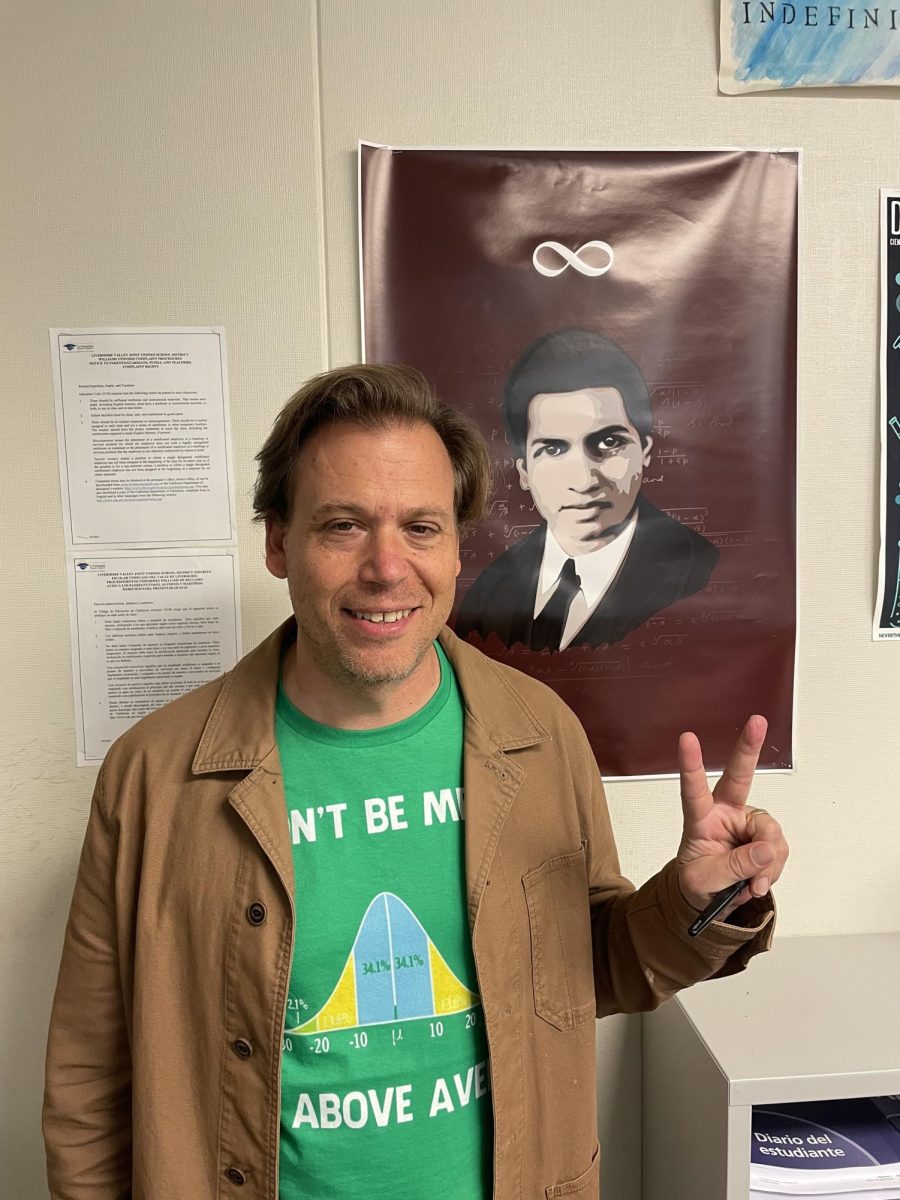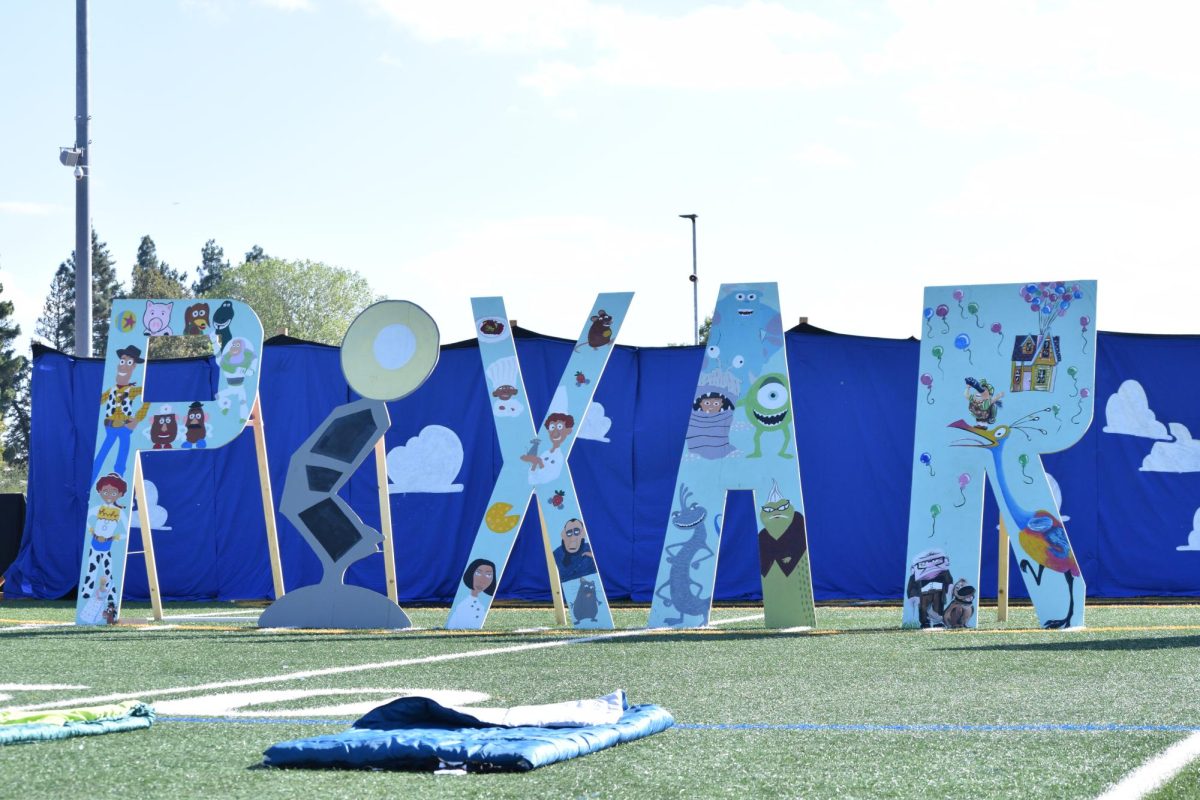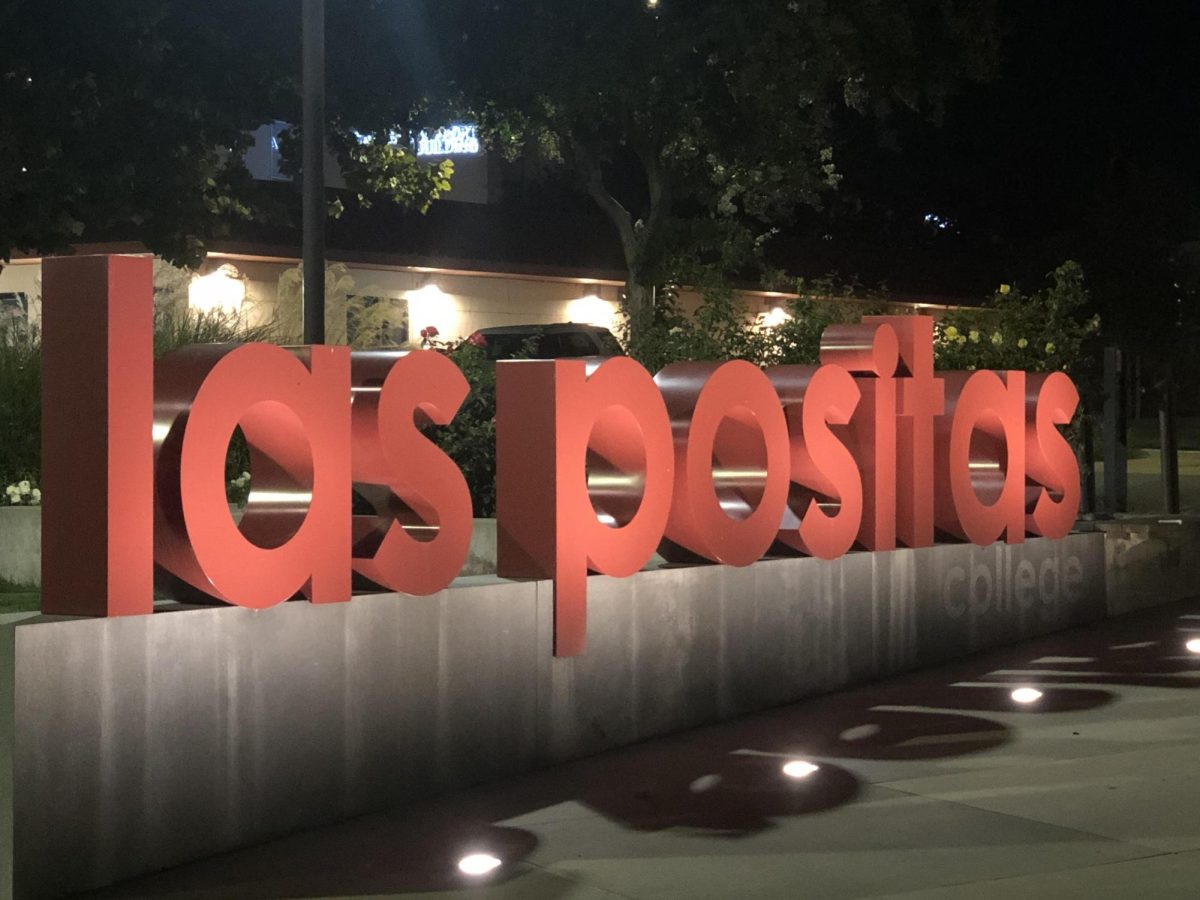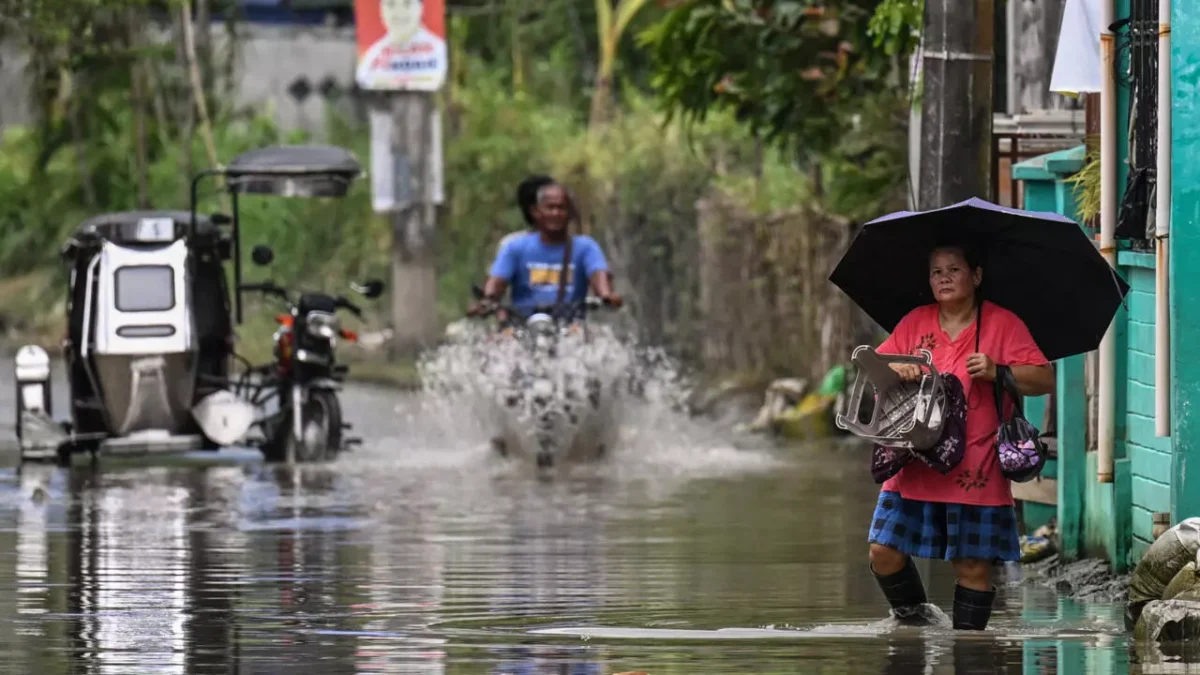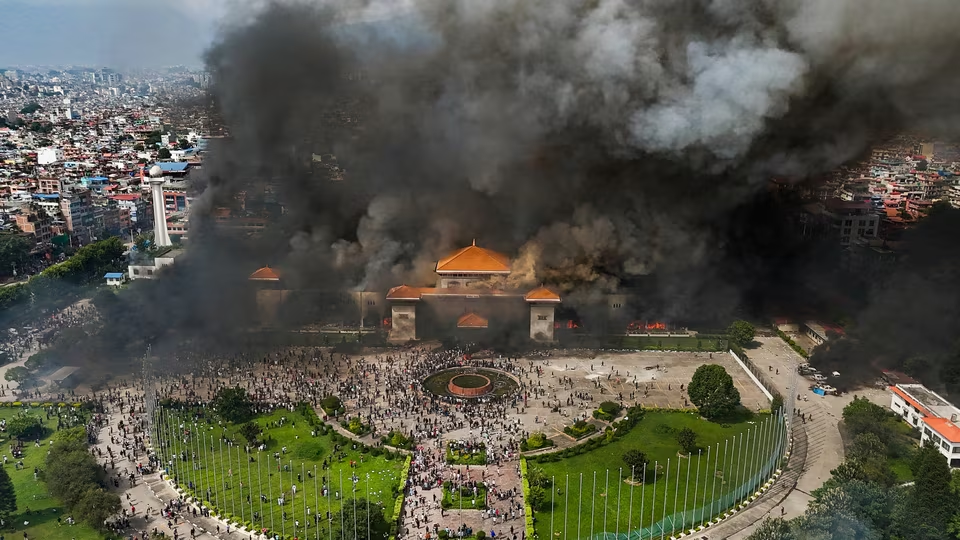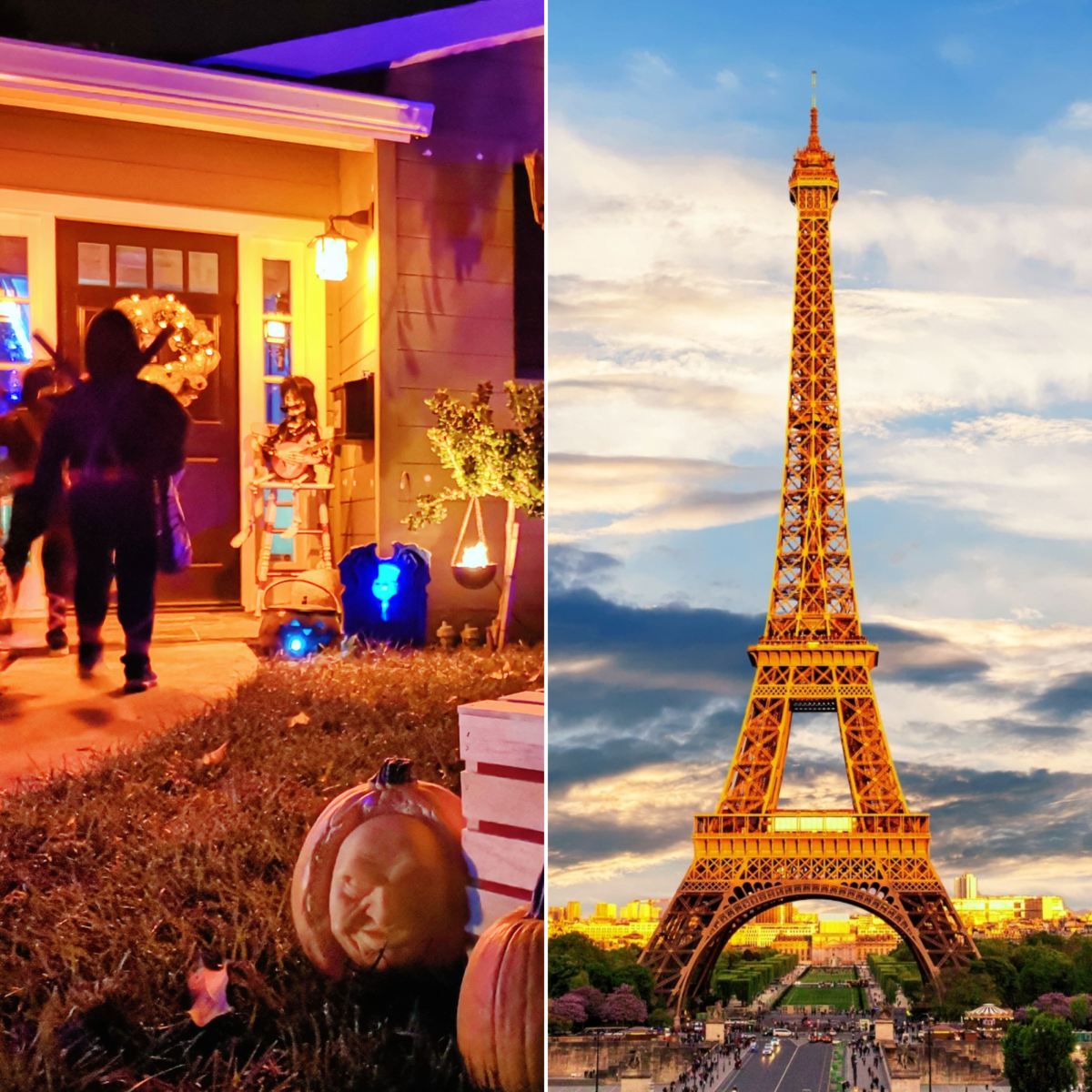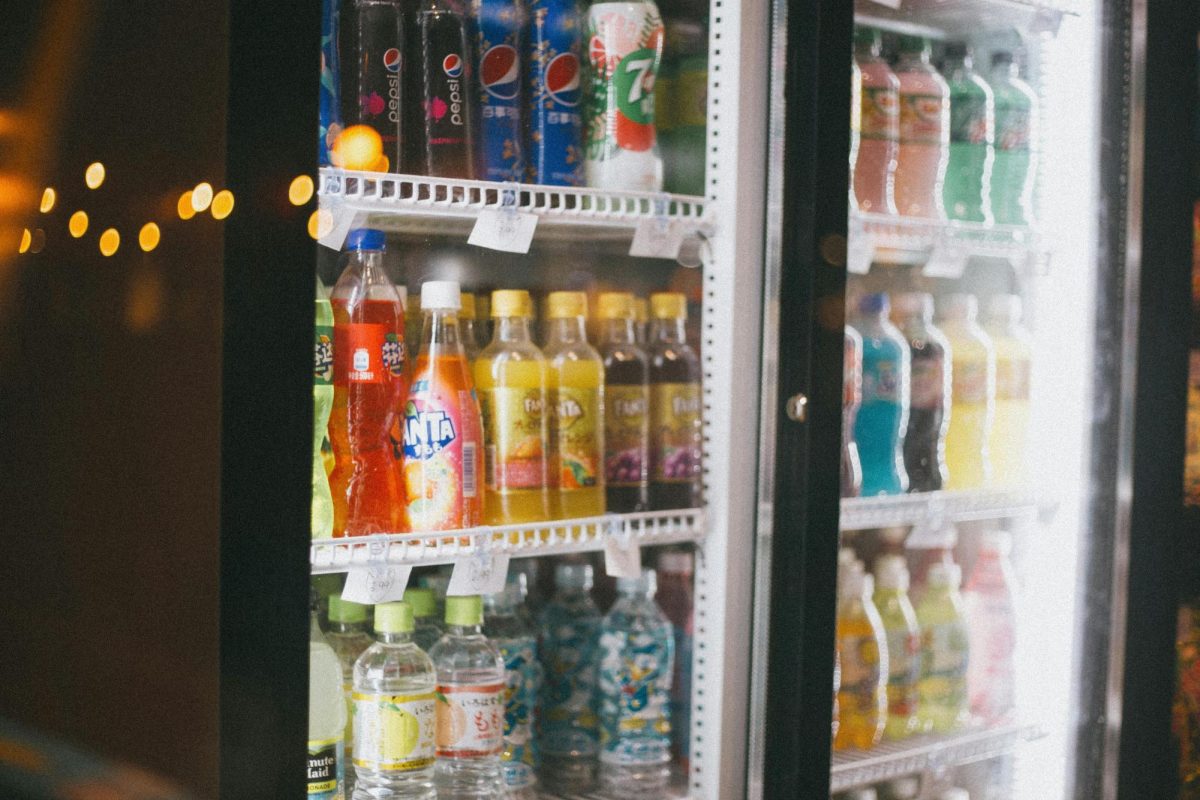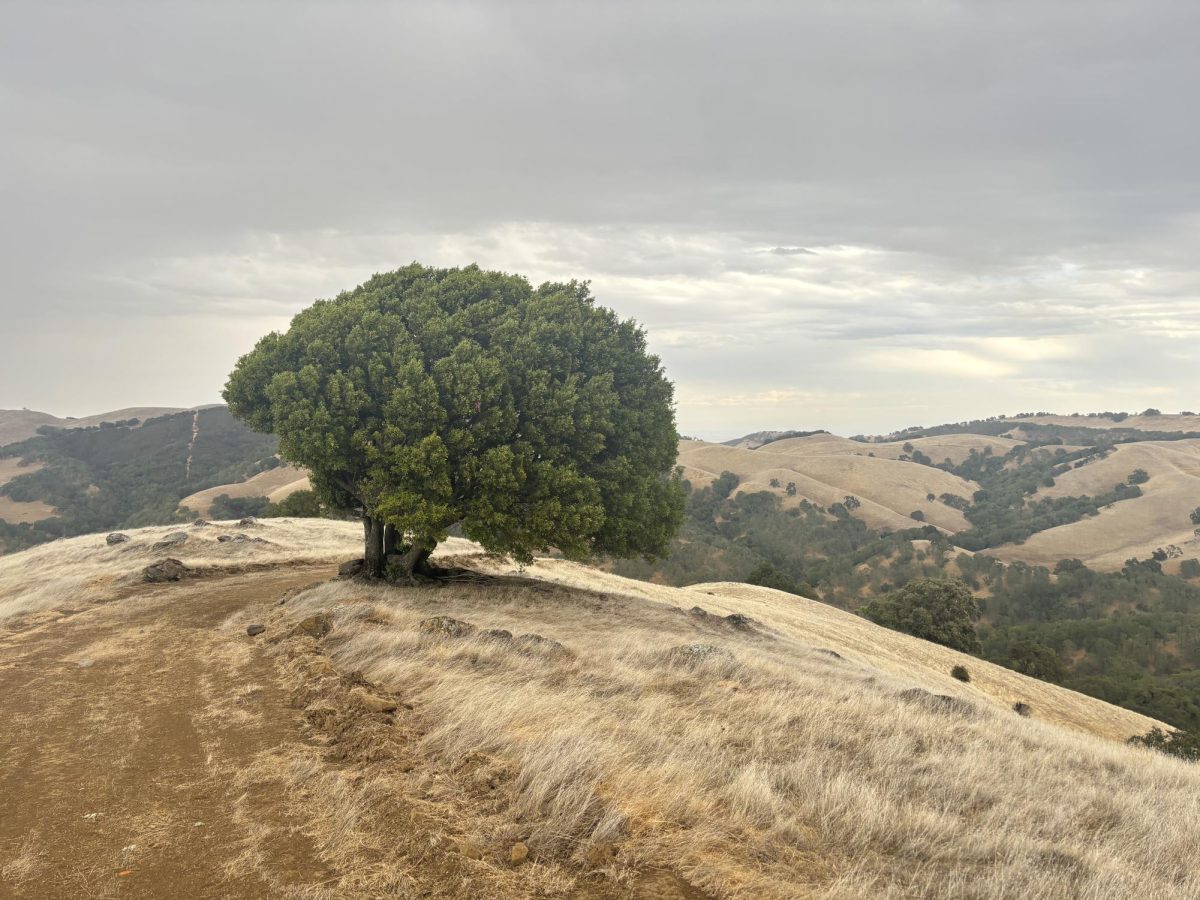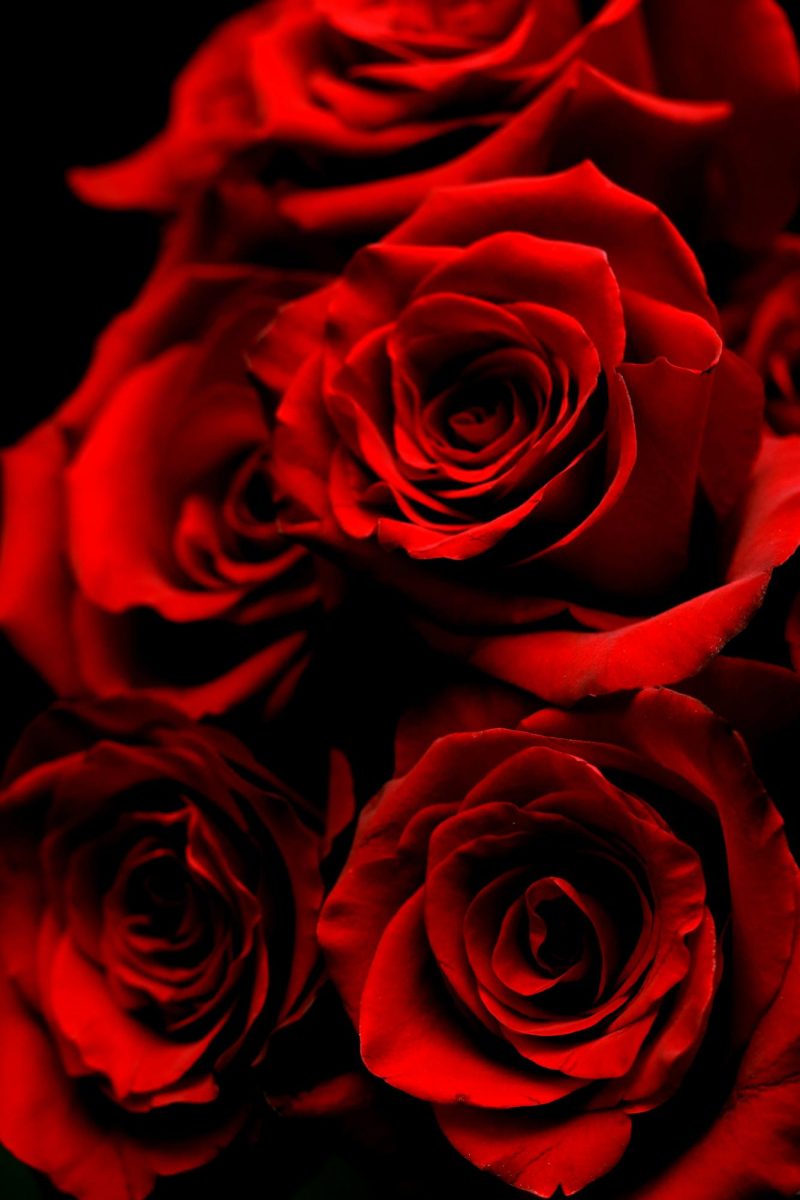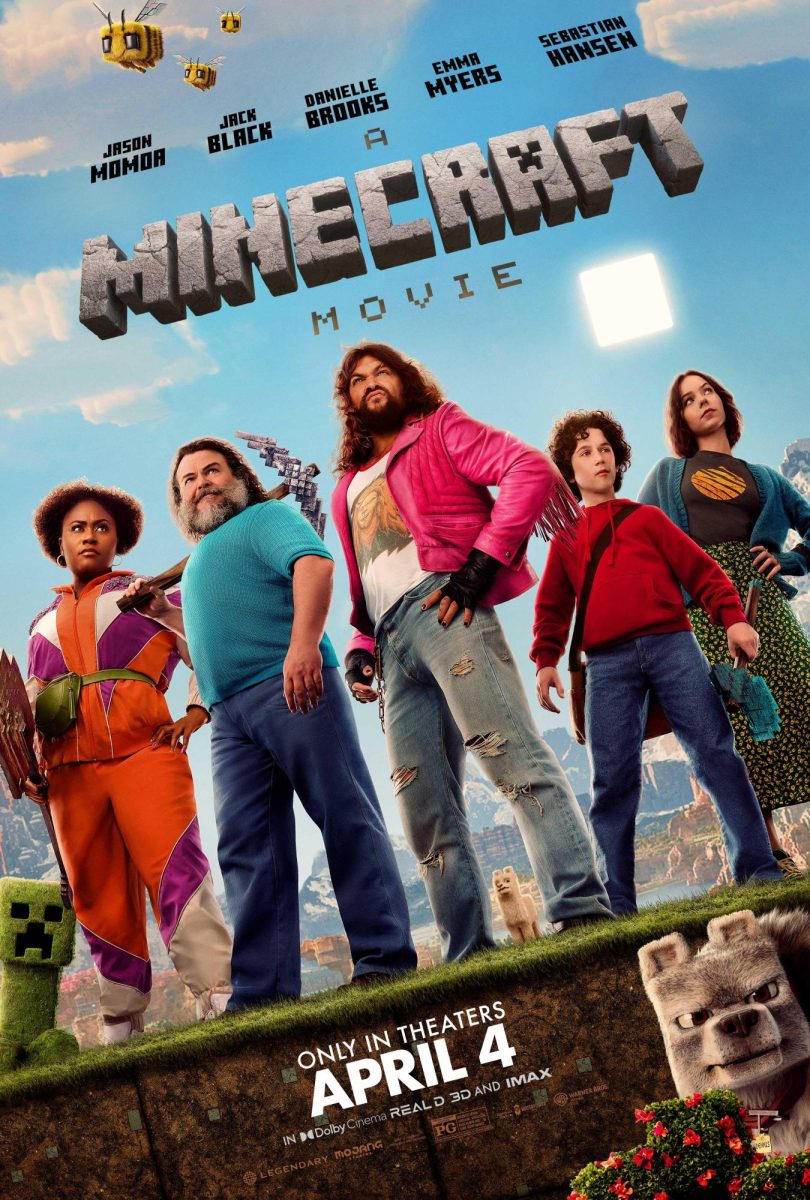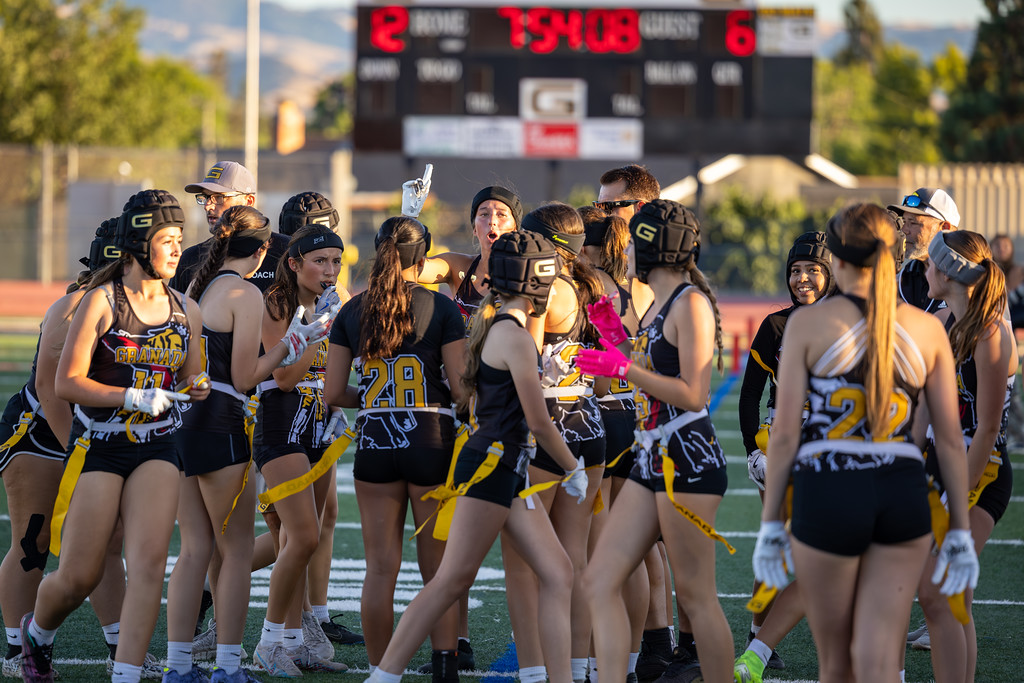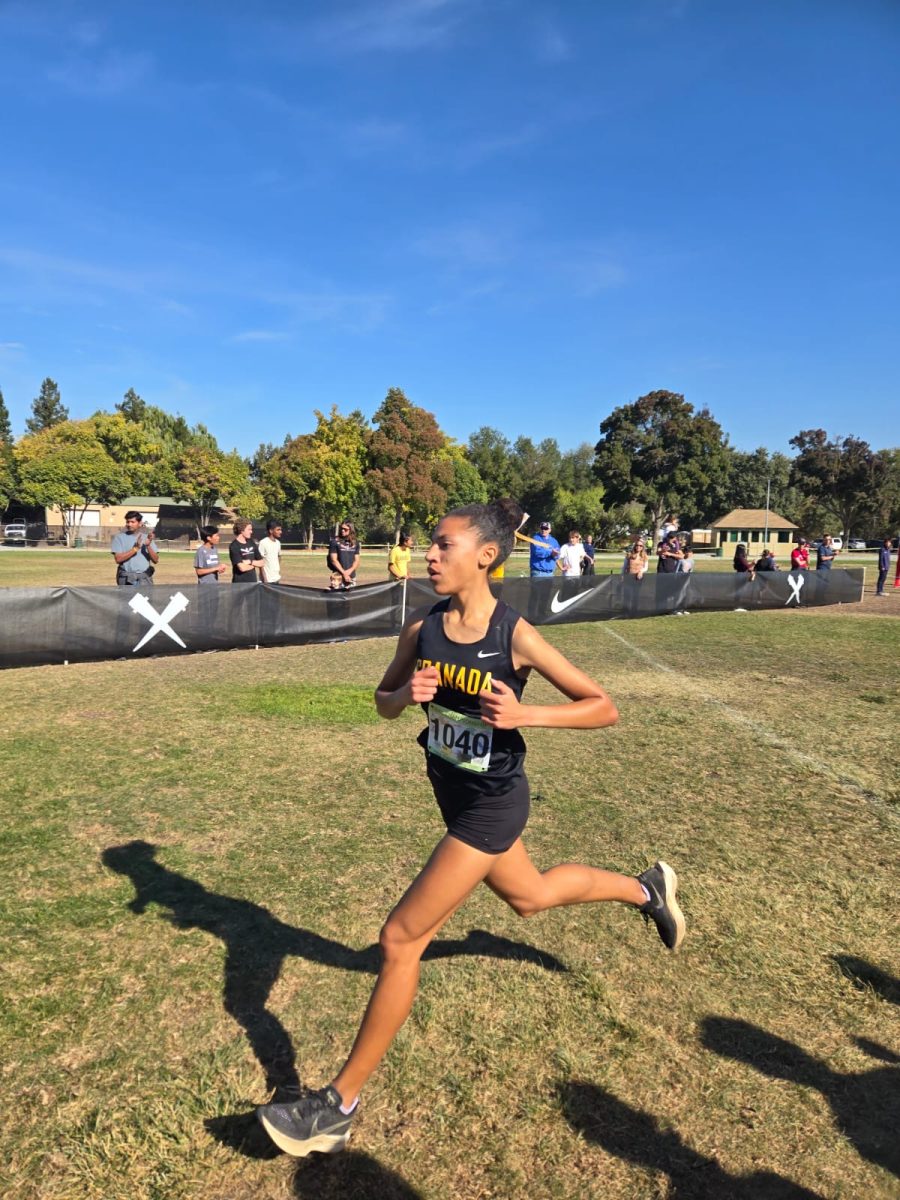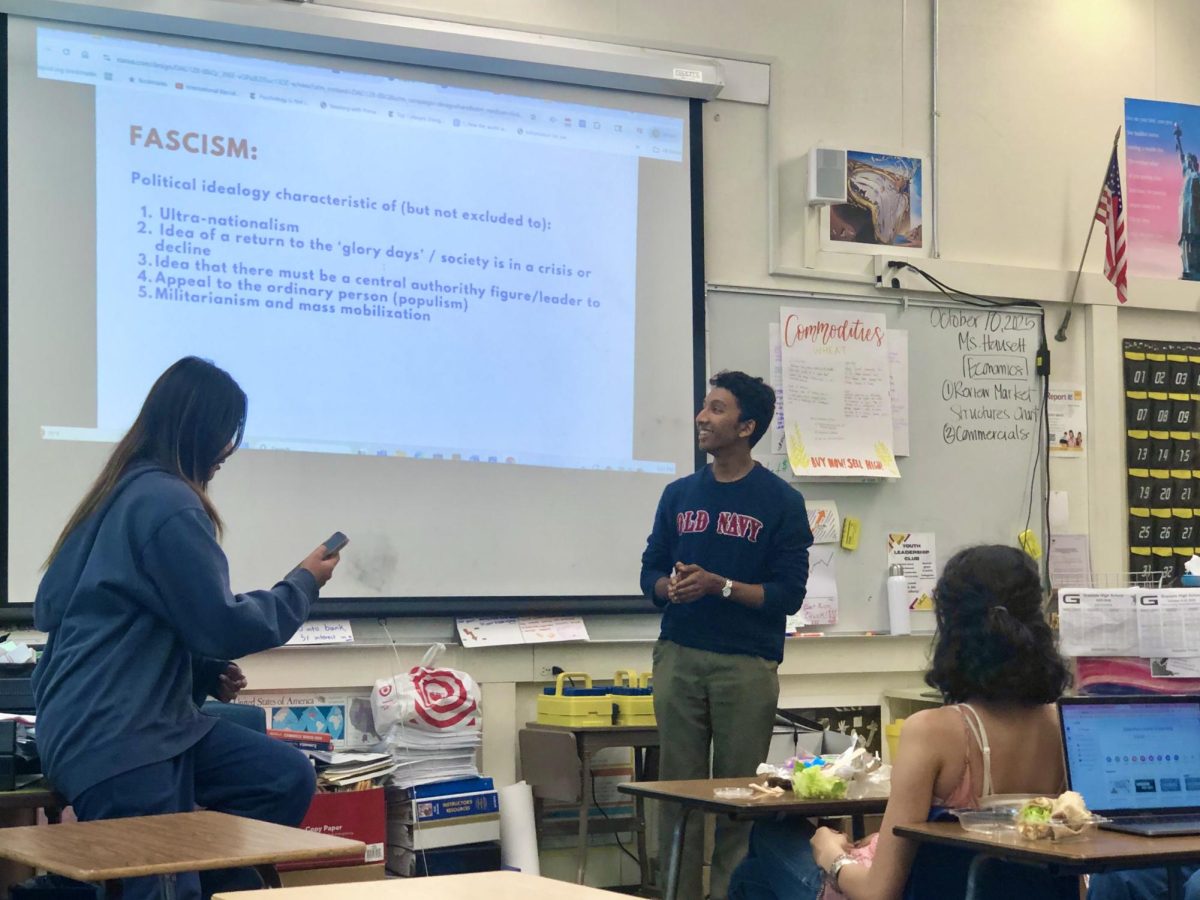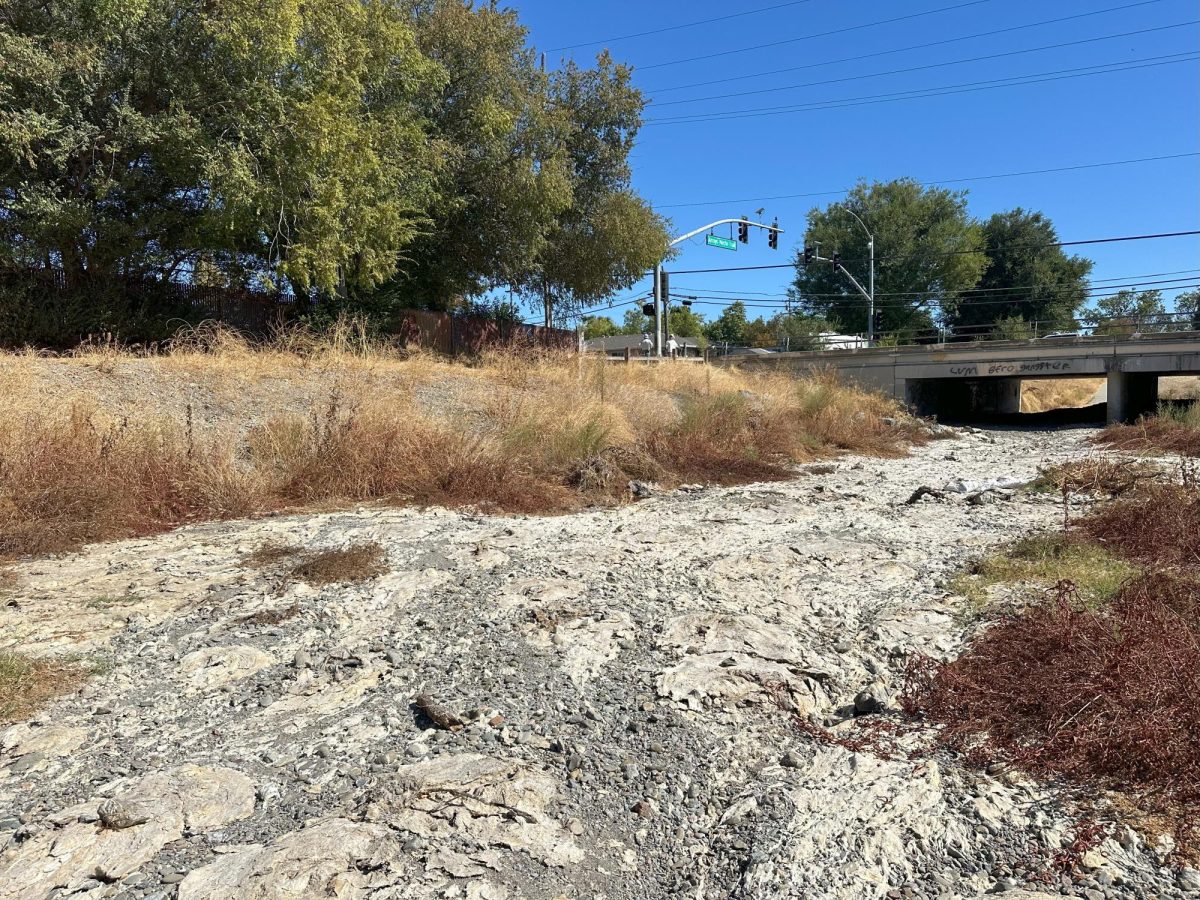Over this previous week or two, there have been sparks of outrage in Nepal with the recent bans of social media platforms alongside curfews being placed. This did not sit well with the protesters, led mainly by Generation Z, who started to go against their own government. It primarily started on September 4 when the government of Nepal made an executive decision to do a sweeping ban on 26 social media platforms.
The riots and protests were primarily started on September 8, only 4 days after the original release of the ban. It only got worse as time passed, leading to destructive actions and vandalism around the government offices such as the Federal Parliament Building in Kathmandu.
These riots took a huge toll on their society. Unfortunately the event resulted in a large death toll and with multiple injuries. There were a total of 22 people killed with dozens of others injured.
Nepal’s military had to be involved in attempting to take control of the situation on the September 9. They had the duty of safely evacuating Nepal’s political officials to keep them safe from the chaos.
According to CNN, the police were forced to use live rounds of ammunition, water cannons, and tear gas to push back the protesters.
“Later that evening, the Nepal Army sent troops into Kathmandu ‘To control the situation for the security of Nepal and Nepalis.” This statement was released by the Chief of Nepal’s Army upon hearing the news that the international airport had to be shut down from the violence occurring.
According to The New York Times, it was stated that the bans were hurting the country by pushing their excessive freedom of the press.
“For us, social media used to be a very popular tool for communication. Now that’s gone, it’s a nightmare-like situation. No communication, no business” said Jiban Ghimire, managing director of Shangri-La Nepal Trek.
When the situation got out of hand, the Nepal Government had to “back down” from the situation and lift the social media bans in order to get things back into order.
With all the government buildings and officials being in danger, they had to recall the ban to settle the protests. So much of the pressure was placed on the back of Prime Minister, K.P Sharma Oli, he had to resign from his position.
His replacement was announced to be Nepal’s first female interim Prime Minister, Sushila Karki. Previously the Chief Justice in 2016, she was announced on September 12 after protesters demanded for a new trustworthy and independent leader.
According to Aljazeera, it was a questionable decision to appoint someone at the age of 73. However they believe it’s for the best.
“This is a concern from people here as well” Anish Ghimre, referring to her old age.
“But I think the bigger picture here is people want someone who they trust, someone they can look up to.”
After appeasing the public, the Nepalese government quickly moved forward in finding replacement of the newly resigned Prime Minister, K.P. Sharma Oli, for Sushila Karki, who will remain in charge of the country until the snap elections of Nepal on March 6, 2026. Investigations were put in place for the deaths of over 70 people and 2,1000 injured civilians. The negotiations of the Nepal military to secure the safety of the public and government officials resulted in the removal of the original ban of major social media platforms.

